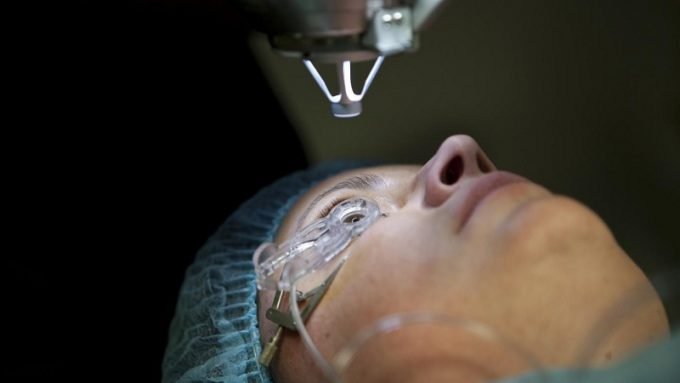 Tri-State Centers: Your Ultimate Guide to LASIK Surgery
Tri-State Centers: Your Ultimate Guide to LASIK Surgery
The most popular refractive surgery used in the United States is LASIK when it comes to correcting vision problems such as farsightedness, nearsightedness, presbyopia, and astigmatism, reducing dependence on contact lenses and prescription glasses. When it comes to other types of refractive surgery, they include other laser surgeries and intraocular lens procedures. LASIK utilizes laser in correcting farsightedness, nearsightedness, and astigmatism, wherein a thin corneal flap is created with the use of either a femtosecond laser or microkeratome. In the procedure, the surgeon folds the flap and corneal tissue is removed using an excimer laser, put back in place, and the area where the corneal tissue was removed is covered. The main goal of LASIK is to come up with a steeper cornea for farsighted people and flatten the too-steep cornea for those with nearsightedness. LASIK can also correct astigmatism by smoothing the irregular cornea into a normal shape.
Monovision is a technique used in modern LASIK, wherein there is a refractive error correction in one eye with the other eye left as mildly nearsighted to fully correct vision problems even without using reading glasses. In order to know if you’re a good candidate for LASIK surgery, it is important to choose a good surgeon who has the experience handling different vision problems through LASIK. The LASIK surgeon needs to examine your eyes, what kind of vision correction needed, and how much laser ablation is required. In order to numb the eyes all throughout the procedure, eye drops are applied immediately to your eyes before the LASIK surgery. Patients may report some pressure during the LASIK surgery, but not painful, and it usually lasts less than a minute. When the anesthesia begins to wear off once you return home after surgery, it is normal to experience watery eyes, light sensitivity, and mild to moderate eye discomfort for few hours. In order to ease discomfort, you can take over-the-counter pain medication, and some people take a nap to reduce or completely eliminate pain.
Do not drive yourself at home after LASIK surgery, and you can only resume driving once you are able to meet the legal vision requirement for driving without wearing corrective lenses. Bathing and showering are generally safe after LASIK surgery, just avoid getting water or soap in your eyes for at least a week. You can go back to work after a day or two. Tri-State Centers for Sight helps people with vision problems like astigmatism, farsightedness, and nearsightedness to correct and go on with their activities of daily living without using reading glasses or contact lenses. Come and check us out by visiting our website or homepage now.
Getting Creative With Services Advice